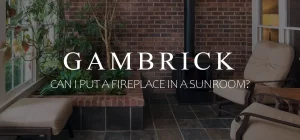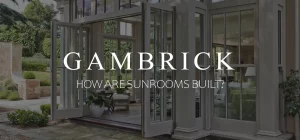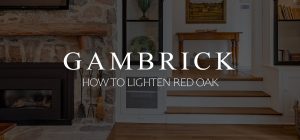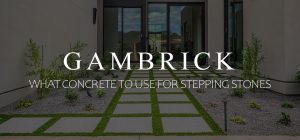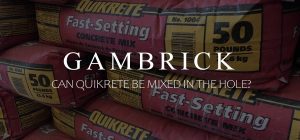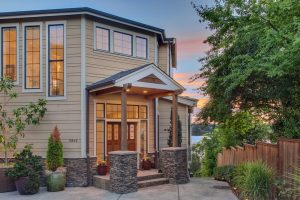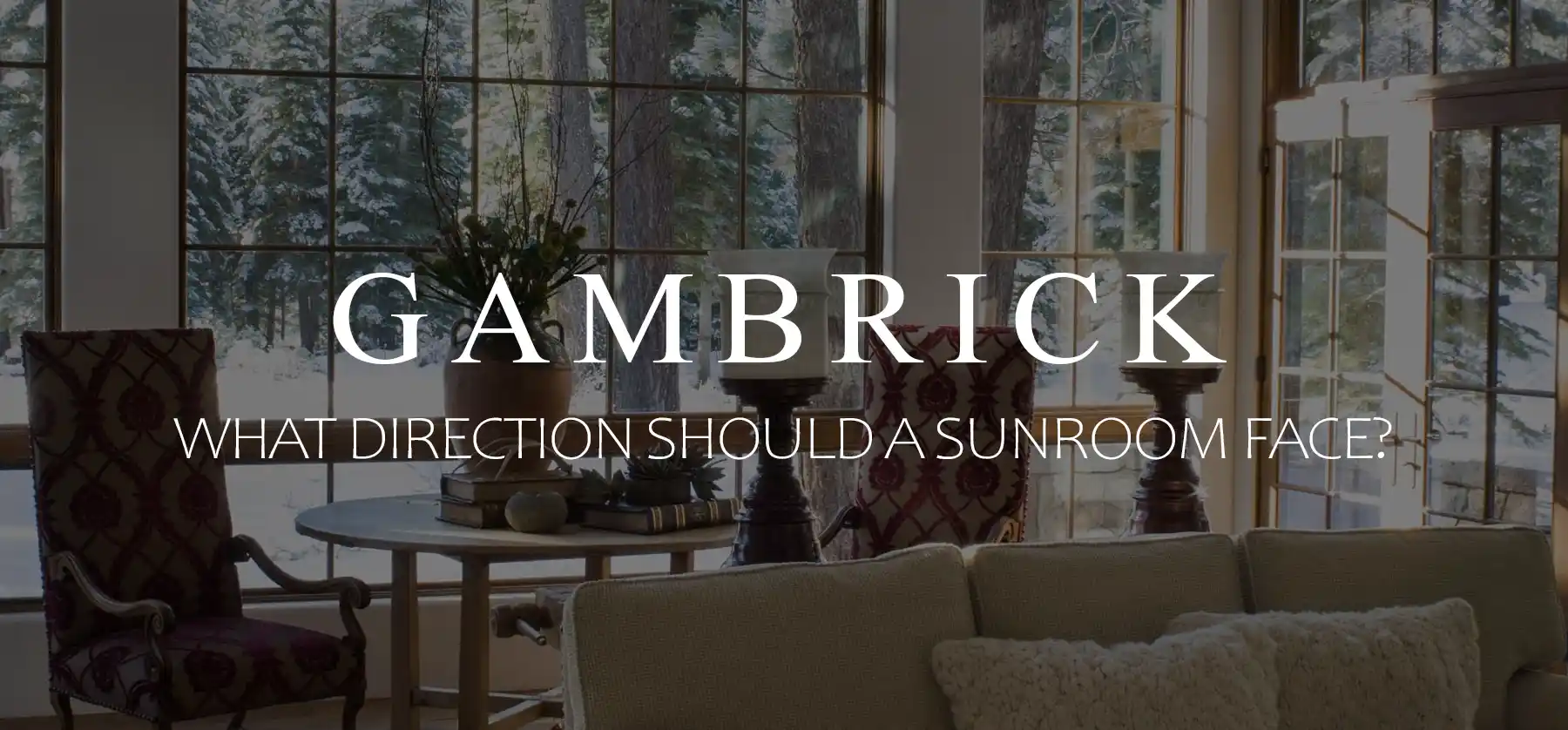
What Direction Should A Sunroom Face?

By John Mazzuca | About | More Posts |
John Mazzuca is a custom home builder with over 25 years experience in the construction industry. John has designed, managed, and built hundreds of homes & construction projects.
A sunroom should ideally face south to capture the most sunlight throughout the day. This orientation takes advantage of the sun’s path to provide consistent light and warmth, which is especially beneficial during the colder months.
A sunroom is a great investment and a benefitial space, but you should consider the direction it faces to get the most natural light as you can.
When a sunroom faces south, it’s positioned to receive sunlight for the longest part of the day. In the Northern Hemisphere, the sun is always in the southern part of the sky as it travels from east to west. A southern exposure ensures the sunroom will be warm and bright, making it a perfect spot for relaxation or for plants that thrive in full sunlight.
The local climate should also be considered when positioning your sunroom. In regions with very hot summers, a south-facing sunroom might require shading to prevent it from overheating. Roof overhangs, blinds, or deciduous trees can be used to block the high summer sun while still allowing the lower-angled winter sun to provide warmth.
If the sunroom is in the Southern Hemisphere, the ideal orientation would be north-facing for more solar gain and light. Regardless of the hemisphere, the key is to maximize exposure to the sun’s path, which varies depending on the local latitude.
The design of the sunroom should also consider thermal mass, like brick or concrete floors, which absorb heat during the day and release it in the evening, insulation, and windows with low-emissivity coatings to reduce heat loss.
I’ve been a NJ sunroom contractor for over 25 years and can tell you firsthand that the optimal direction for a sunroom is South in the Northern Hemisphere and North in the Southern Hemisphere, with adjustments made for local climate conditions.
What Is The Best Orientation For A Sunroom?
The best orientation for a sunroom is typically south-facing if you’re in the Northern Hemisphere, as it allows for optimal sunlight exposure throughout the day. But for those living in the Southern Hemisphere, a north-facing orientation would be better. This positioning ensures that the room captures the maximum amount of sunlight, especially during the colder months.
A south-facing sunroom in the Northern Hemisphere benefits from the sun’s path, which is predominantly in the southern part of the sky across the day. This orientation is advantageous for maintaining a warm and well-lit space, which can contribute to heating the home naturally during the winter. The consistent exposure to sunlight makes the space ideal for a variety of uses, such as a lounge area, a greenhouse for plants, or even a passive solar heating source.
The specific climate and seasonal variations should also be taken into account.
In areas with intense summer heat, a south-facing sunroom might become too warm. To mitigate this, homeowners can install shades, use tinted glazing on windows, or plant deciduous trees nearby to provide shade in the summer while still allowing sunlight to penetrate in the winter after the leaves have fallen.
In addition to orientation, other architectural features can enhance the efficiency and comfort of a sunroom.
Thermal mass materials like stone or concrete can be incorporated into the design to absorb and store heat during the day and release it at night. High-quality insulation and windows with proper glazing can help maintain a stable temperature, reducing the need for additional heating or cooling.
While the ideal orientation for a sunroom is generally south in the Northern Hemisphere and north in the Southern Hemisphere, considerations such as local climate, seasonal changes, and proper design elements are crucial for creating a sunroom that’s comfortable and energy-efficient year-round.
Can You Have A Sunroom In The Front Of The House?
A sunroom can be built on any side of the house, including the front. The location of a sunroom is flexible and can be adapted to suit the layout of your property, your personal preferences, and the direction your home faces. However, it’s rare, most sunrooms are built on the sides or back of the home.
When planning a sunroom in the front, careful consideration of the home’s architecture and the room’s purpose is important to make sure it blends seamlessly with the overall design of the house. Because the sunroom is in the front, it’ll be visible from the curb which effects the home’s curb appeal and overall style.
One of the primary considerations for a front-facing sunroom is privacy, as these rooms are typically made with large windows. Depending on the proximity of the street or neighboring properties, it may be necessary to incorporate privacy features such as tinted windows, adjustable blinds, or privacy screens.
Landscaping can also play a role in enhancing privacy while adding to the aesthetic value of the sunroom.
Setbacks are another issue. Front yard setbacks are usually tighter than backyard setbacks, which is one reason why most sunrooms are built in the backyard.
Another factor to consider is the sun’s path relative to the front of the house. If the front of the house doesn’t receive optimal sunlight, particularly in colder climates where the goal is to capture warmth, building it in the front may not be the best option.
While a sunroom can certainly be placed in the front of a house, it’s rare, but it can still be a fantastic addition to the home when designed and built properly.
If you have any questions or comments email or leave a comment down below.

John Mazzuca | About | More Posts |
Custom Home Builder
John Mazzuca is a custom home designer and builder at Gambrick with over 25 years experience in the construction industry. John has designed, built and/or remodeled hundreds of homes, small buildings, and commercial projects. He writes about business, real estate, home building, and household electronics. His work has been featured in Fox Business, Better Homes & Garden, House Beautiful, and more.

